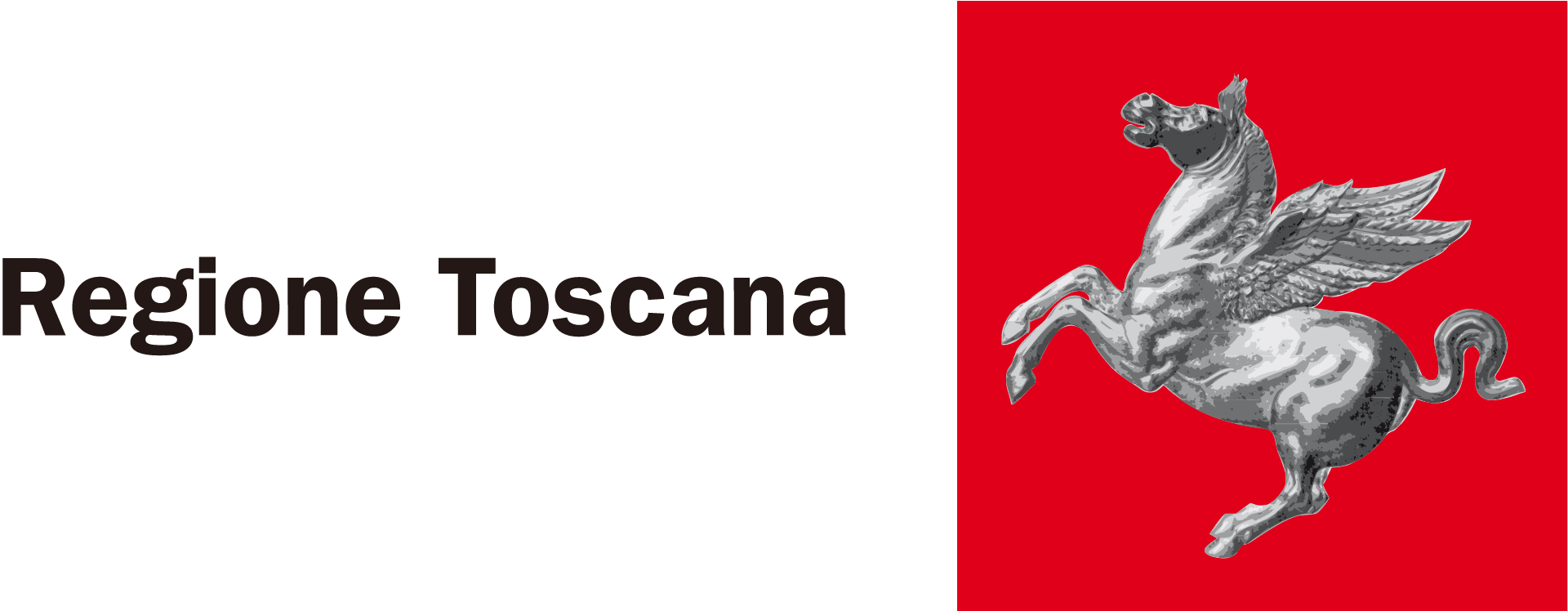 Tuscany has been recording a negative demographic balance since the Seventies, with a historical low attributable to the fertility rate in 1995. Tuscany’s birth rates are lower than the national average, but have a similar performance. The situation in 2015 is slightly better as compared to the 1995 negative peak, showing an increased total fertility rate, and a significant forward shift in the age of mothers.
Tuscany has been recording a negative demographic balance since the Seventies, with a historical low attributable to the fertility rate in 1995. Tuscany’s birth rates are lower than the national average, but have a similar performance. The situation in 2015 is slightly better as compared to the 1995 negative peak, showing an increased total fertility rate, and a significant forward shift in the age of mothers.
Tuscany is ranked among the European regions having the highest shares of childless women – more than 20% in the 40-44 age group – although the desirable number of children per woman is not too far from the average level (about 2).
The worrying demographic situation of Tuscany (and Italy) is a medium-period structural problem caused by both a “population effect” and an “age effect”. As to the first aspect, the low number of newborns is due to the low number of women of child-bearing potential, which in turn results from the low natality rates that have been observed since the Seventies. In other words, the missing children are those of the “never-born” women. As to the second aspect, it derives from advanced maternal age: the longer the delay in childbearing (in Tuscany, the average age of mother at first childbirth is around 32), the higher is the probability of not giving birth, or having only one child.









